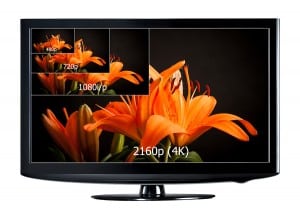Scanning Resolution
Scanning print photos and film to digital uses the same concept as a digital camera, only the image is produced during the scanning process. The term scanning resolution refers to the size of the digital image produced from scanning. A higher resolution allows for flexibility of enlargement for cropping or printing. It is important to understand this concept before pursuing any scanning project.
Megapixels
We are all familiar with the term megapixels in describing a camera’s feature set that equates to the image size and clarity of pictures taken with digital cameras and smartphones. A large megapixel image contains a high density of image pixels that make up the image. This is great for enlargement and cropping in while retaining detail, but what about scanning resolution?
Choosing a Resolution Setting
The scanning resolution to choose is first determined by the size of the original media. The smaller the original, the higher the resolution setting needs to be to produce a large scan. The output digital image can be calculated by multiplying the dimensions of the original source by the resolution setting, giving you the image pixel size.
Here is an example illustration based on scanning a 4×6 photo to digital.
Scan a 4×6 photo at 96dpi = 384×576
Scan a 4×6 photo at 300dpi = 1200×1800
Scan a 4×6 photo at 600dpi = 2400×3600
You can then calculate the image dimensions for the megapixel size in relation to digital camera photos.
96dpi = 384×576 = 0.22 Megapixels
300dpi = 1200×1800 = 2.16 Megapixels
600dpi = 2400×3600 = 8.64 Megapixels
As a general rule it is best to scan at high resolution for increased flexibility for cropping, enlarging, or printing. A high resolution image can always be downsized for multimedia uses like email and slide shows, but a low resolution cannot be enlarged to produce a quality image due to lack of image pixels. If a low resolution photo is enlarged, this results in a pixelated image lacking in detail.


